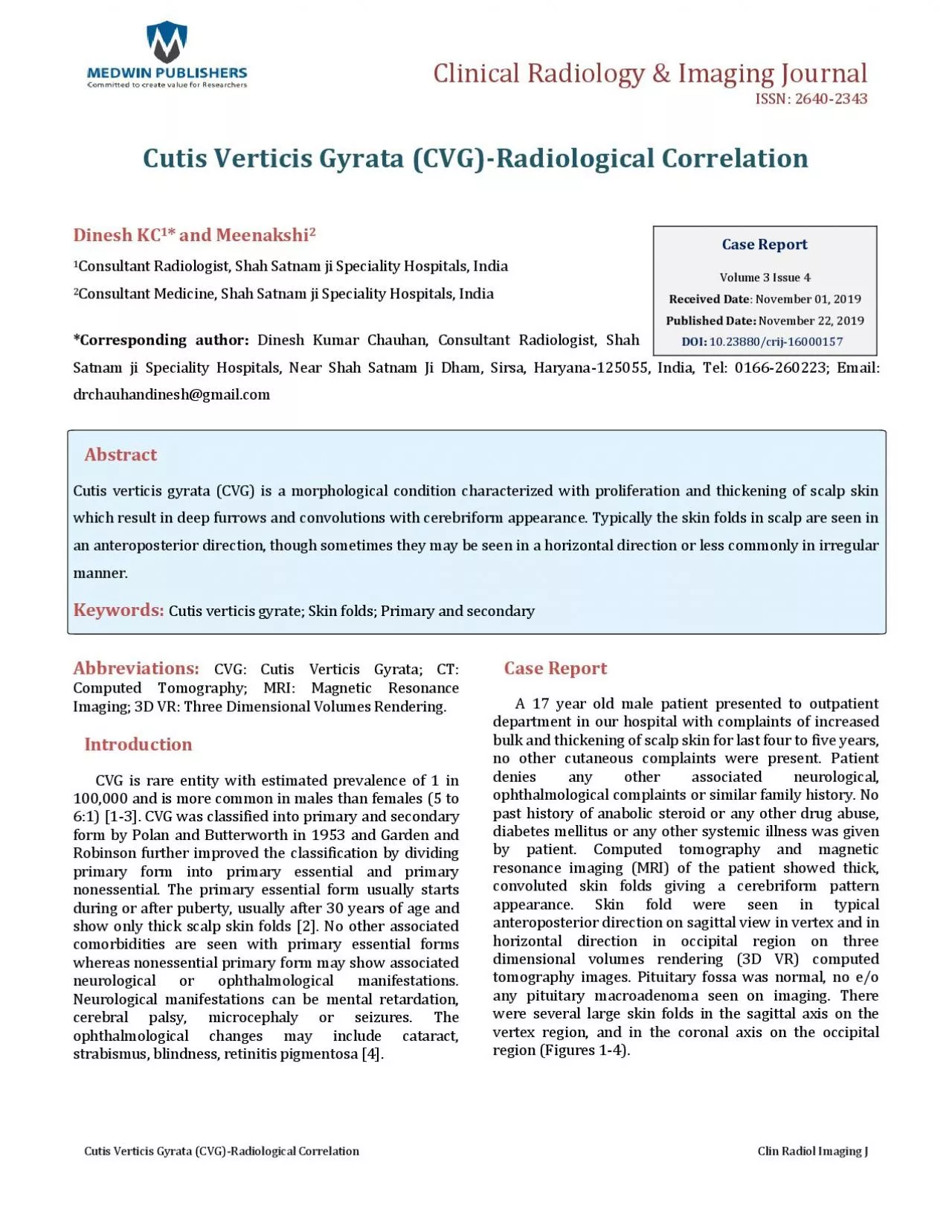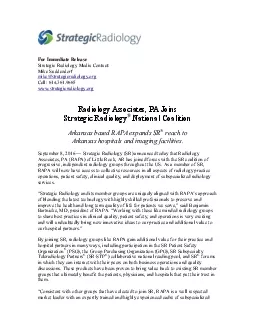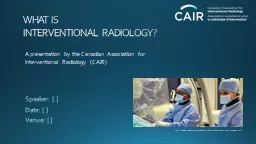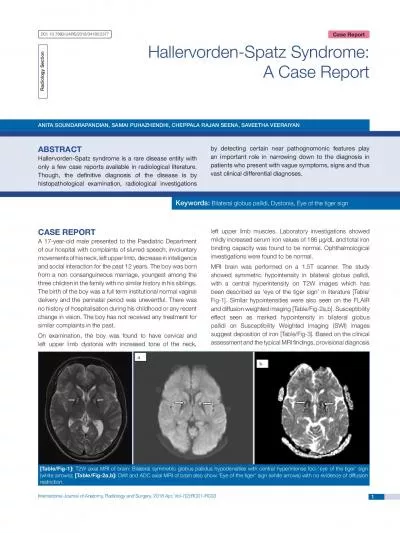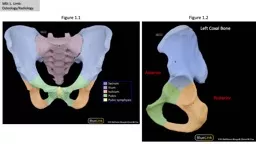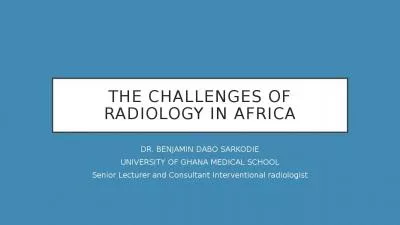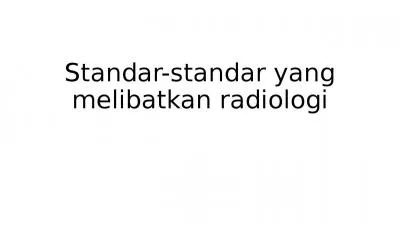PDF-Clinical Radiology Imaging Journal
Author : audrey | Published Date : 2022-08-26
ISSN 2640 2343 Cutis Verticis Gyrata CVG Radiological Correlation Clin Radiol Imaging J Cutis Verticis Gyrata CVG Radiological Correlation Dinesh KC 1 and Meenakshi 2 1 Consultant
Presentation Embed Code
Download Presentation
Download Presentation The PPT/PDF document "Clinical Radiology Imaging Journal" is the property of its rightful owner. Permission is granted to download and print the materials on this website for personal, non-commercial use only, and to display it on your personal computer provided you do not modify the materials and that you retain all copyright notices contained in the materials. By downloading content from our website, you accept the terms of this agreement.
Clinical Radiology Imaging Journal: Transcript
Download Rules Of Document
"Clinical Radiology Imaging Journal"The content belongs to its owner. You may download and print it for personal use, without modification, and keep all copyright notices. By downloading, you agree to these terms.
Related Documents

